Practice reveals concept designs for £288m London Centre for Music
Diller Scofidio & Renfro has unveiled its proposals for the £288m concert hall earmarked for the site of the Museum of London, at the south-west corner of the Barbican.
The New York practice was appointed to the job, with support from Sheppard Robson, in October 2017 – beating rival bid teams including Foster & Partners, Amanda Levete, Frank Gehry and Renzo Piano in the process.
DS&R’s brief from clients the Barbican, London Symphony Orchestra, Guildhall School of Music and the City of London Corporation was to create a “world class” concert venue for the capital – replacing Powell & Moya’s Museum of London, which is due to relocate to Smithfield. The centre would be the new home venue of the LSO.
At its heart, the concept design features a 2,000 capacity performance space “tailored for exceptional symphonic sound” but capable of hosting a range of perfomance types. Its multi-level foyer would include a café and bar, informal flexible spaces for research and classrooms.
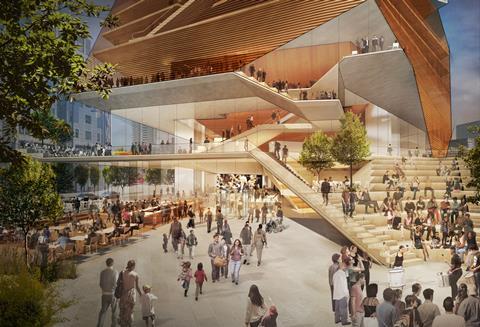
Above the concert hall would be a “commercial offering” with what the project team described as a “destination restaurant and outdoor terrace with views of the city”; at the very top of the building would be a small-scale performance and events space with City views, dubbed “The Coda”.
Debuting her practice’s designs for the venue, Elizabeth Diller said the project team had sought to “unlock the urban potential” of the current museum site, and reclaim the roundabout on which part of the venue sits from the “isolating effects” of the car.
“A vital public space seamlessly connects to the foyer and extends a welcome to everyone, with or without a performance ticket,” she said.
“The foyer would be abuzz day and night, filled with activity and glimpses into the inner life of the hall. We imagine a concert hall for the 21st century that embraces both a bespoke and a loose fit approach: tailored for exceptional symphonic sound, yet agile enough to accommodate creative work across disciplines and genres.”
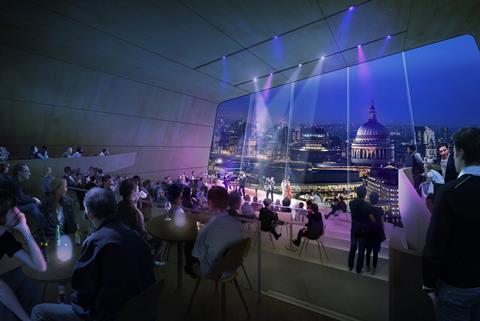
DS&R said that in addition to redrawing the site at ground level, the Centre for Music proposals would also link to the Barbican Estate’s Highwalk network.
At the time the practice was appointed to the project, it was estimated at approximately £250m. Today, the project team described its cost as “£288m in today’s prices”.
The City of London has so far funded the project to the tune of £4.9m, which it said would cover the cost of work to date and further design development work, fundraising, business modelling and capital funding plans.

City of London policy chair Catherine McGuinness said the centre would be a “landmark building” in the City’s emerging Culture Mile, and would “arguably become” the envy of the international arts, music and educational community.
“As a major funder of heritage and cultural activities in the UK, the City of London Corporation is proud to support these bold and ambitious plans,” she said.
“Visually breathtakingly, acoustically perfect, and with a stated commitment to being totally inclusive, the Centre for Music would bring together outstanding performers and diverse audiences.”
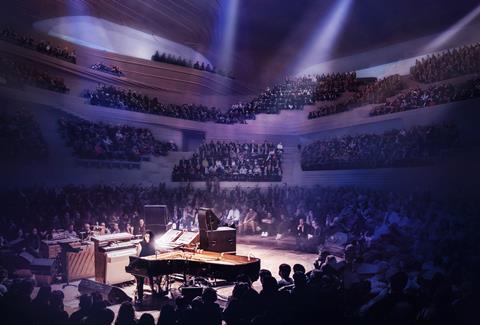
“It is my sincere hope that it would attract generous support from businesses in the Square Mile and beyond. That is vital to its success.”
LSO music director Simon Rattle said the idea that there could be a new cultural centre in London that featured a “truly modern” state-of-the-art concert hall was an exciting prospect.
“It’s like some kind of magnificent virus, which hopefully is incurable,” Rattle told the launch event for the concept designs.
A project to develop a new symphony hall for the captial was reportedly one of Rattle’s prerequisites for taking the helm of the LSO, a move agreed in 2015 and one which took effect in 2017.
The project team said it expected the next phase of work on the proposals to take about one year.
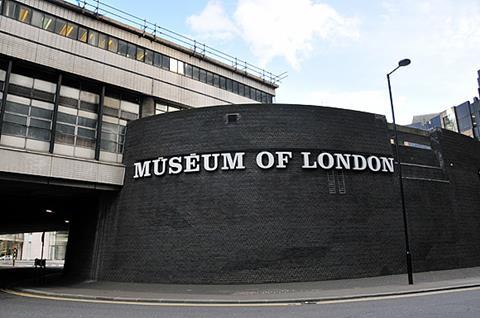


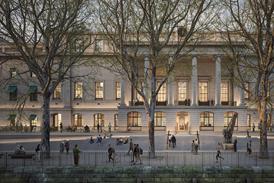
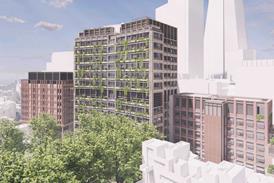
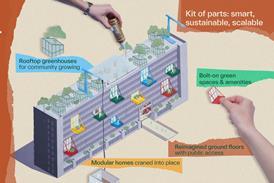
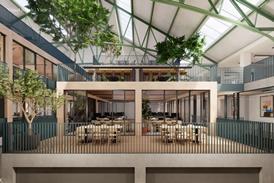





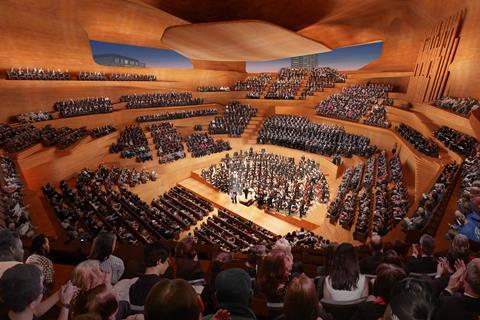

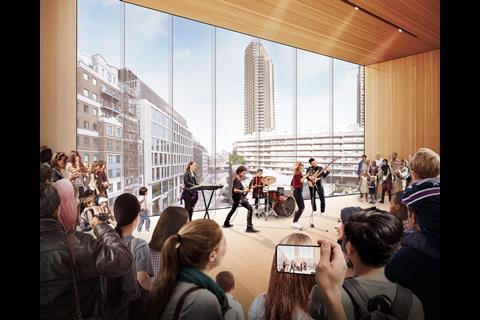
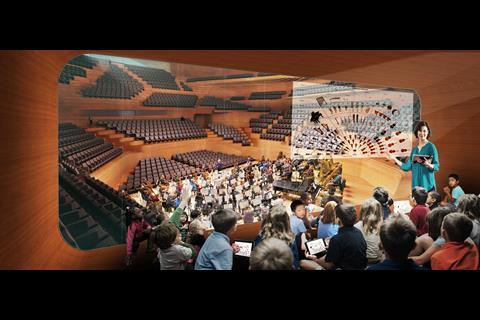










16 Readers' comments